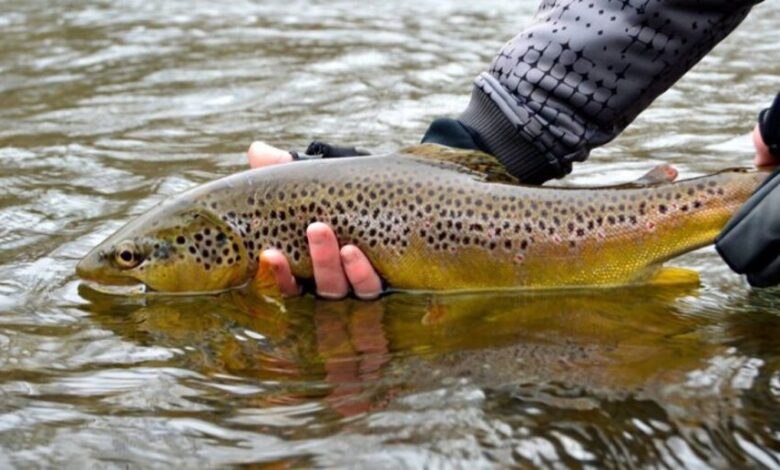More than 35,000 trout fry were released into five rivers of the Lviv Region to reproduce fish stocks

Lviv Oblast continues active measures to restore the fish wealth of its rivers, therefore, as part of a large-scale program of reproduction of fish stocks, more than 35 thousand trout fry were released into five rivers of the region. About this reported Lviv fish protection patrol.
This important initiative is implemented to increase the number of valuable fish, which is not only an important component of the ecosystem, but also popular among fishermen.
Trout fry, each of which weighs 3.15 grams, were grown at the Lopushno specialized fish farm under the supervision of the State Fisheries Agency of Ukraine. As part of stocking measures, fish were released into the upper reaches of the Stryi, Zavadka, Oryavchyk, Butivlya and Berezhnytsia rivers, which provided the young trout with optimal conditions for survival and protection from natural enemies.
The largest number of fish was released into the Stryi River, where 12,800 fish were replenished. 5,000 fry were released into the Zavadka River, 4,200 into the Oryavchyk River, 4,000 into the Butivlya River, and 9,200 young trout into the Berezhnytsia River.
Stocking is carried out on the basis of detailed scientific and biological justification developed by the Institute of Fisheries of the National Academy of Sciences of Ukraine. This program is part of a large-scale plan for the reproduction of fish resources in the Dniester basins for the period 2023-2025. The main goal of such measures is not only to increase the number of trout, but also to ensure the sustainable development of fish resources in the region in order to avoid their disappearance in natural reservoirs.
This important environmental measure not only contributes to the recovery of natural populations, but also maintains the balance in aquatic ecosystems, which is necessary to preserve biodiversity and ensure the health of river basins.





